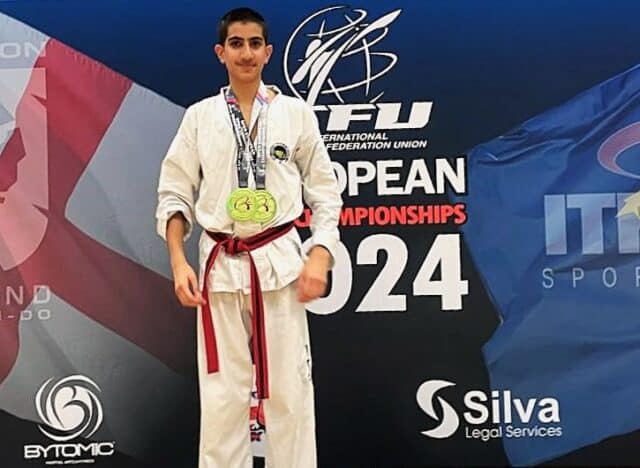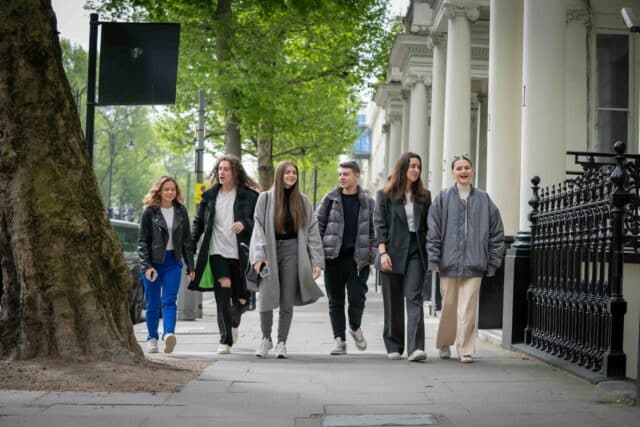Related articles
Last week KPS celebrated Biology Week 2018 with an exciting array of activities, trips and workshops. The programme of events was designed to inspire pupils to consider just how far reaching biological sciences can be and how biology permeates much of what we do.
The week was launched with a whole school assembly about biomimicry and how engineers, architects and entrepreneurs turn to the natural world to solve complex design solutions. A fascinating example of this is Japan’s bullet train which can reach speeds of 275 miles per hour. The front of the train needs to be able to displace air in such a way as to avoid causing sonic booms upon entering and exiting the many tunnels on its route. In order to solve this, designers mimicked the streamlined head of a kingfisher which can enter a body of water without so much as a splash, allowing it to efficiently track and catch fish.
Early in the week, pupils had the fantastic opportunity to Skype call scientists and researchers who are currently working for the Zoological Society of London. The pupils received individual biographies detailing the scientist’s current field of research and they used lesson and homework time to form a list of carefully considered questions. During the sessions, the pupils were fascinated by stories of expeditions to remote locations such as Mozambique and Honduras. They also learned about how interspecific competition between species of birds causes altitudinal exclusion. Aggressive competition at the boundary between any two niches results in different species occupying distinct altitudes. The scientists were incredibly inspiring and shared stories of how their time and decisions at school had shaped the options available to them in the future.
Later in the week the pupils were given their first dissection workshop as an introduction to the upcoming topic of circulation. The pupils worked hard to meticulously dissect a heart and identify the locations of the four chambers and associated heart vessels. Having used scalpels, forceps and scissors, they were able to use their fingers to track the route of blood through the heart and identify the blood vessels which lead into each chamber.
On Thursday the pupils took a walk across Hyde park to the Natural History Museum where we were given an all-access tour of the underground spirit library, home to a specimen collection of over 27 million organisms. The vault also houses one of the world’s only known complete specimen of a giant squid which can grow up to 13 meters in length, occupying an impressive tank underneath the museum. We were also fortunate enough to see some of Darwin’s original collection of organisms which he himself had found and preserved.
On Wednesday we were joined by opera singer, Mrs Vanni who shared with us the link between biology and singing. She described how the voice box changes shape to produce sounds of varying frequencies and tone. We later joined in some vocal exercises.
We rounded off the week with a celebration assembly, during which we awarded prizes for pupils who excelled during the week. In addition, the year 10 drama students performed their own devised piece which recreated the moment Alexander Fleming discovered penicillin. Finally on Friday afternoon, students in years 9, 10 and 11 went to see Gunther von Hagen’s Body Worlds exhibition which has opened in its new, permanent home here in London.
These photos taken through the week give a small taster of the different activities which pupils at KPS had the opportunity to take part in.






